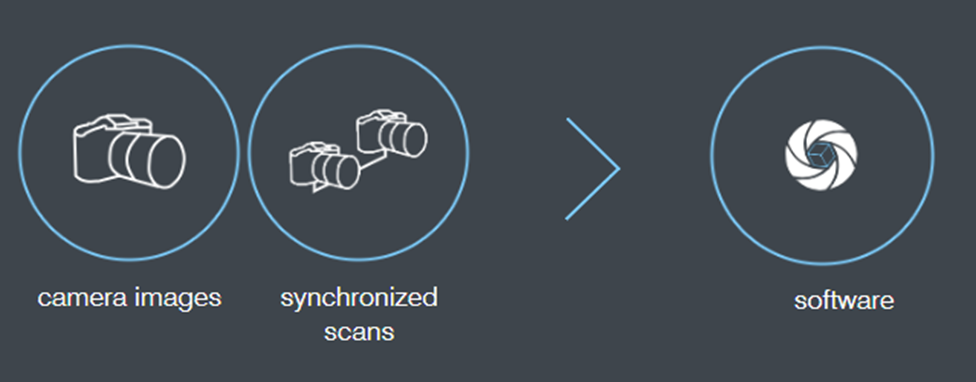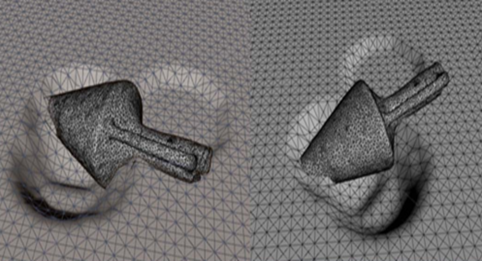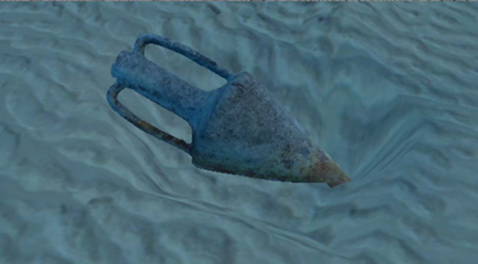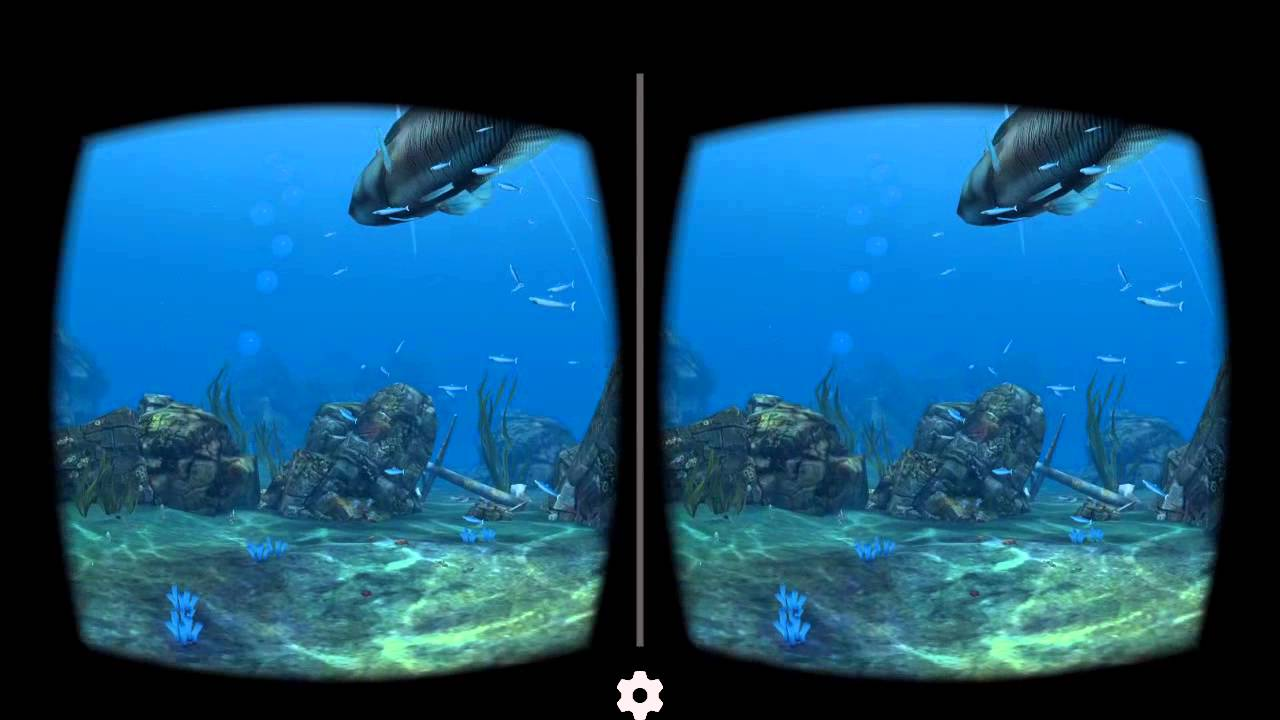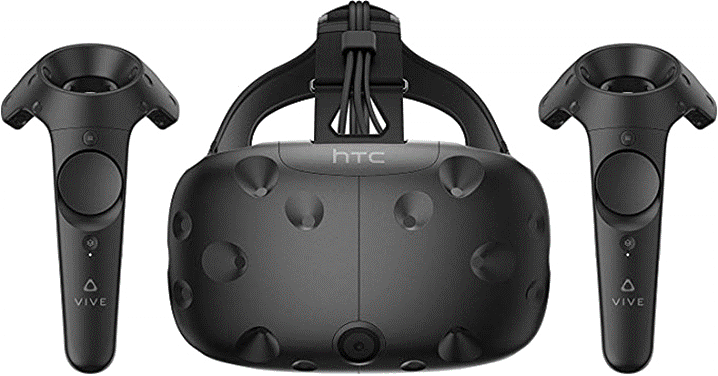Overview Recall on our VIRTUAL ACTIVITIES
Projections! Projections!
Some of them carrying an emotional storytelling. And some of them enriched with motion sensors activated by gestures.


Captain Marcus' interactive questions
In his cabin, over the real reconstruction of his ship, children and school groups can make live Captain Marcus asking him questions about sea deities, navigation routes and ancient food by means of a touch screen.
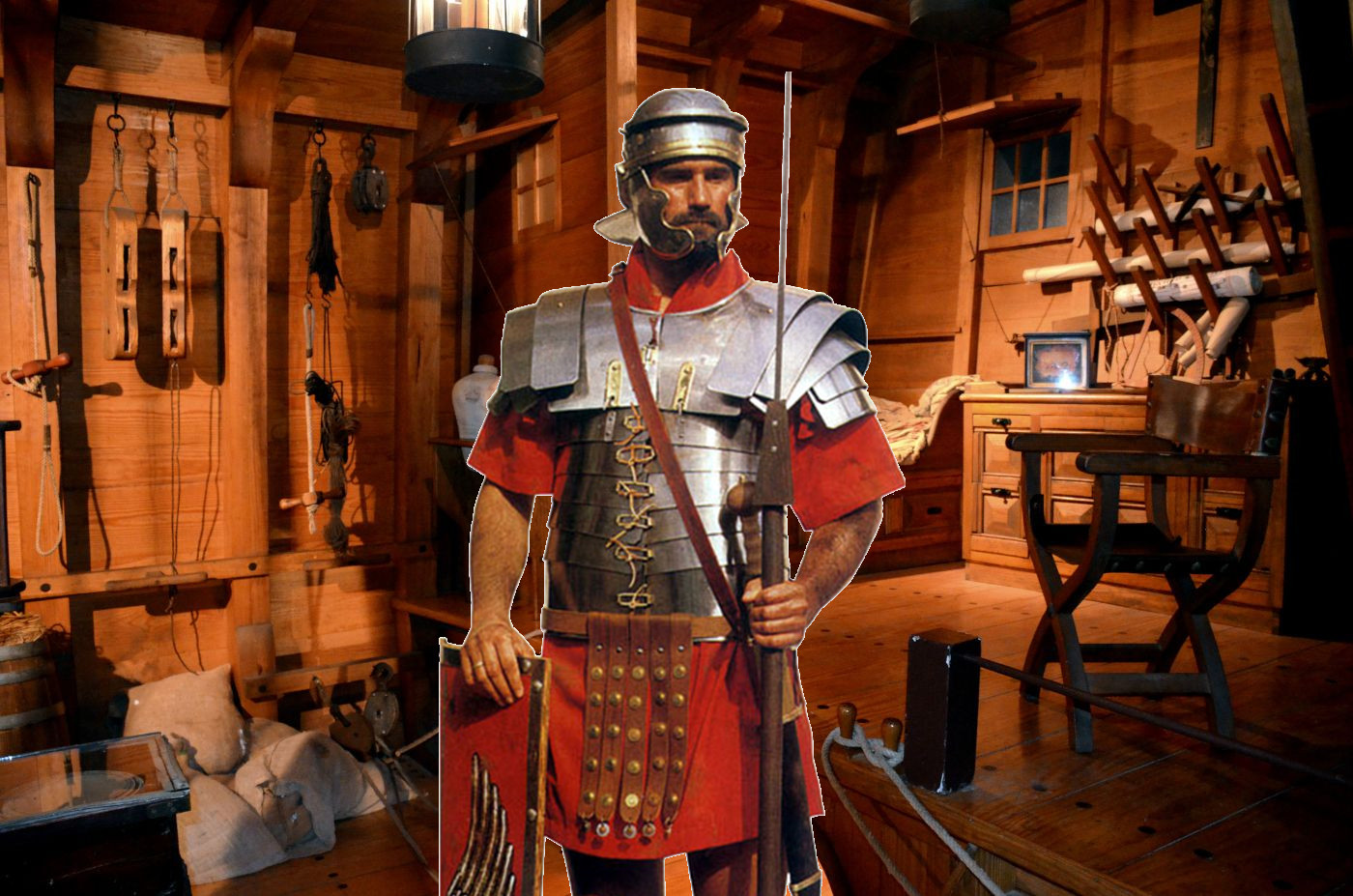
Reconstruction of broken artifacts with AR tablets
An experience that exploits the AR technology to get the 3D models of the reconstruction of two real artifacts - helmets and armours -, correlated with information texts and images related to them.

360° VR immersive theatre
An amazing 10-minutes sinking experience structured as a full immersive projection all around the visitors, situated on a walkable glass observation bridge. The projection sees the crew fighting against huge waves and Neptune's capricious and unpredictable will.

Fish-making & Amphorae-making
An interactive customization game of fish and/or amphorae, made on touchscreen; here, historical learning is combined with bio-marine learning.
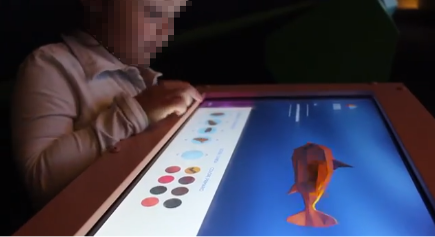
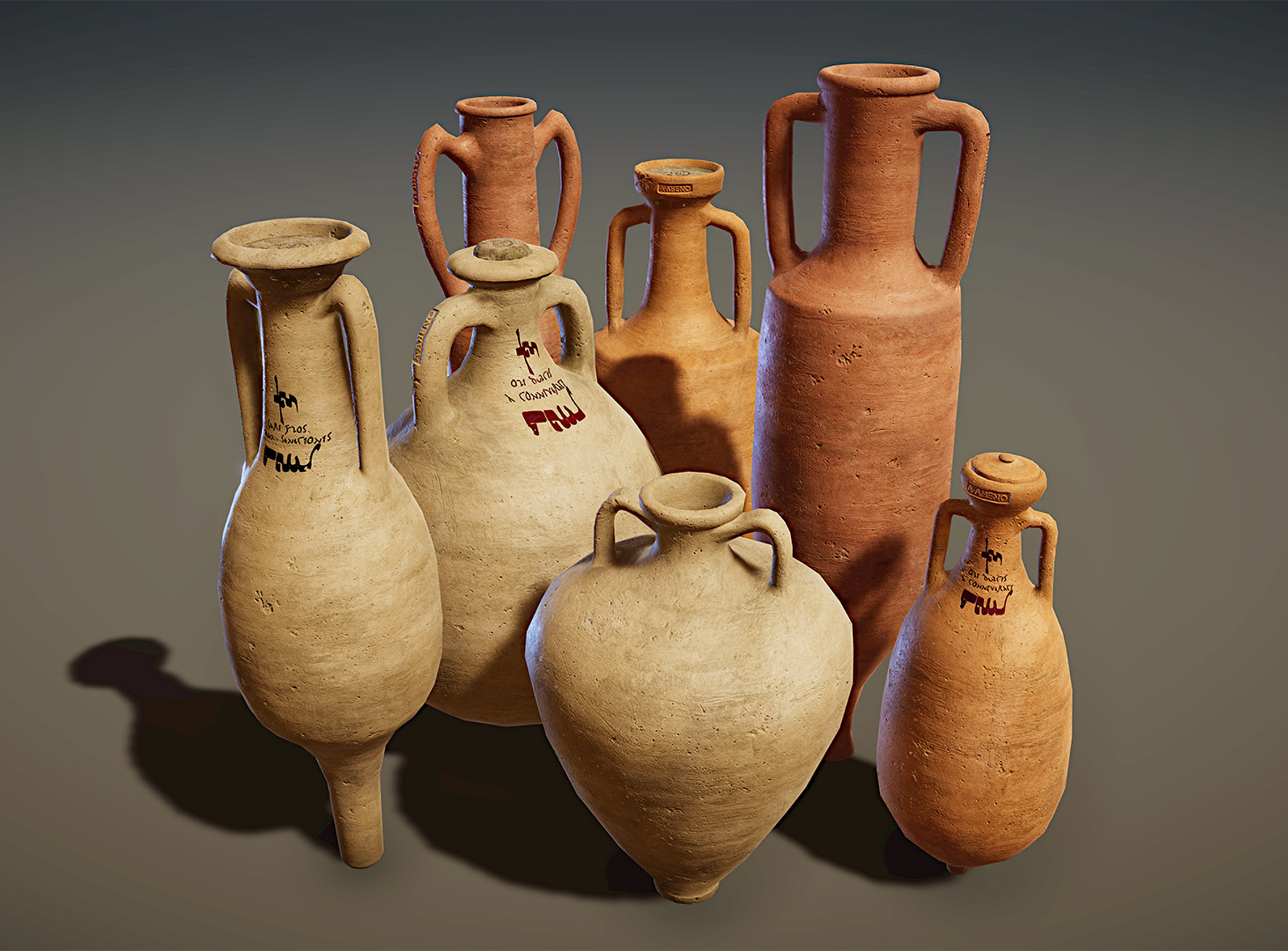
1 treasure hunt for 4 visitors with 4 VR HMD
The core of ViRS, a high level game for up to four players, each of them provided with an HTC Vive VR headset. Goal: finding Captain Marcus' wedding ring for Livia.




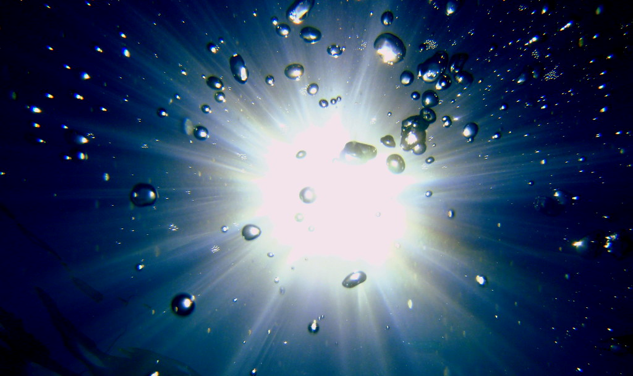

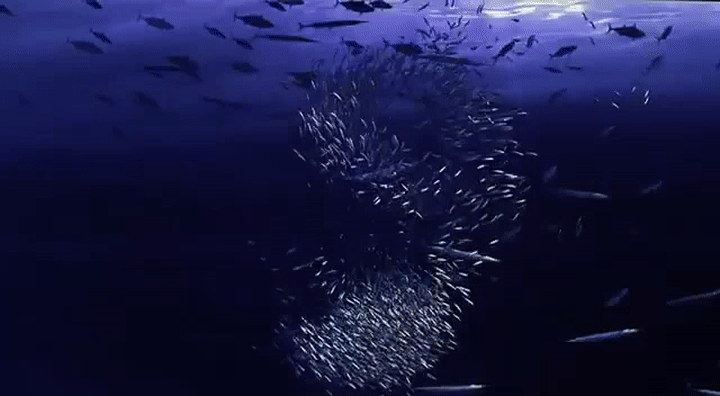

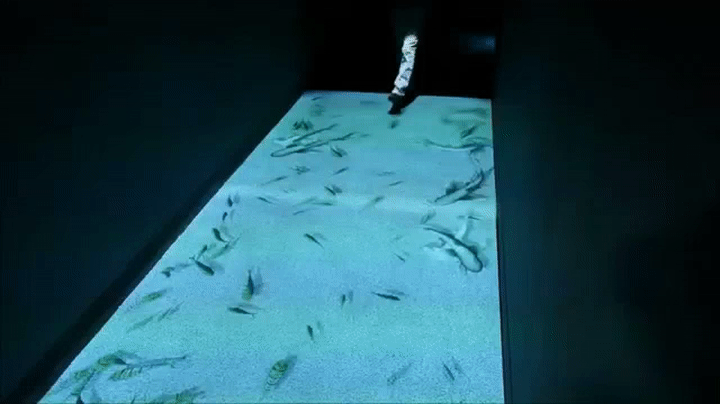
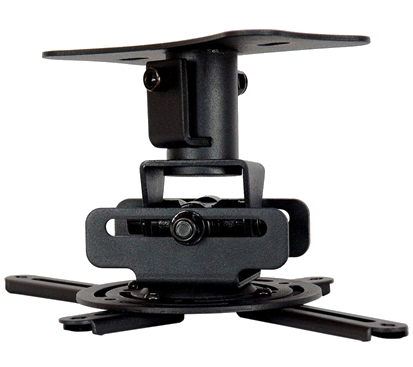
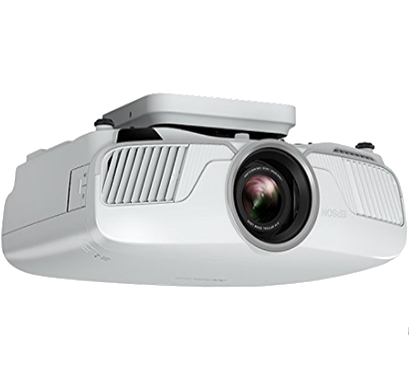

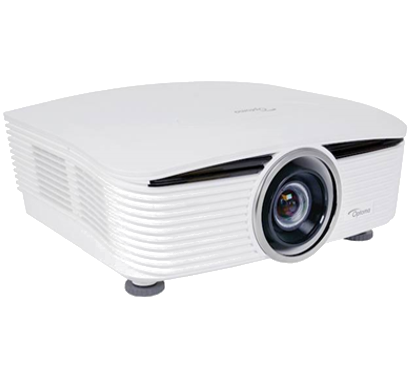

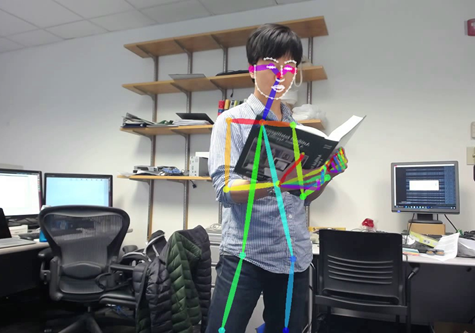
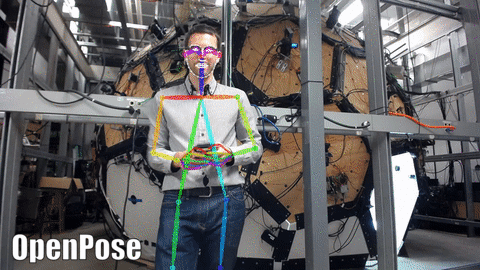
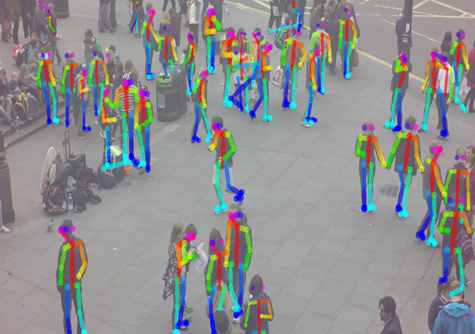


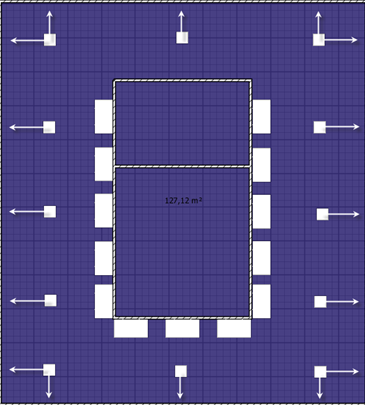
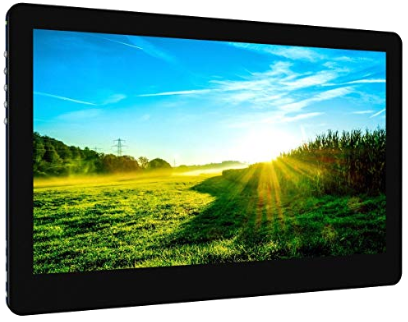

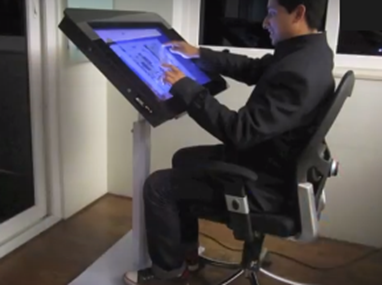 High cost:
High cost: 

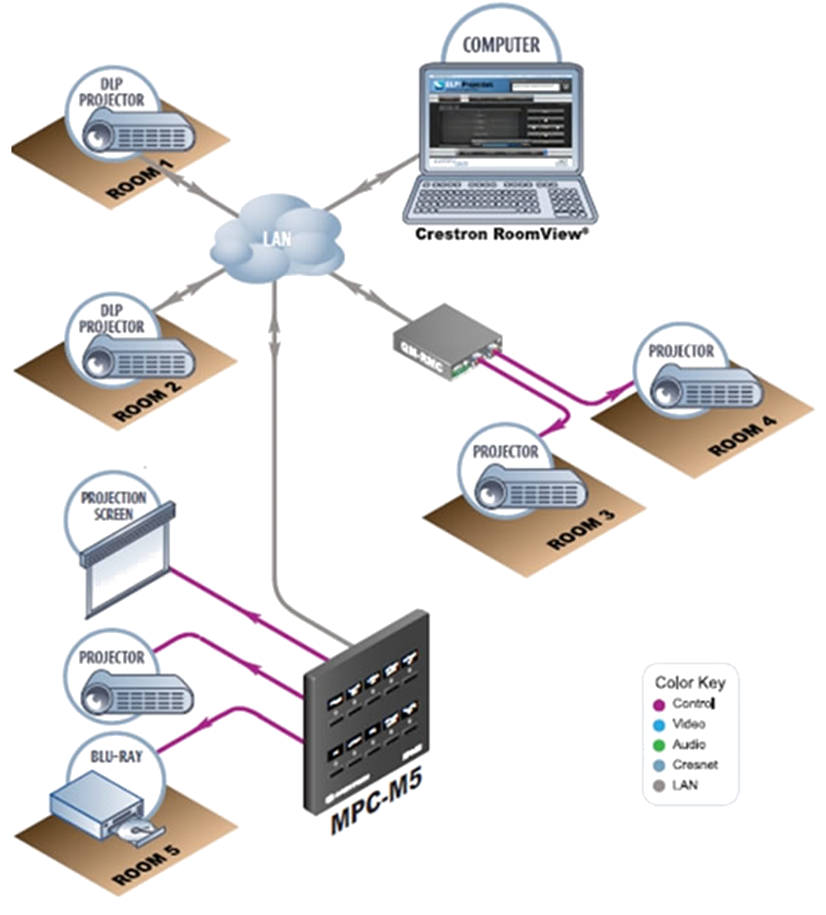 RoomView
RoomView
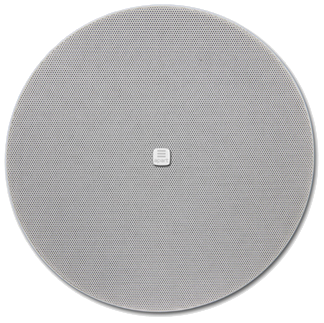
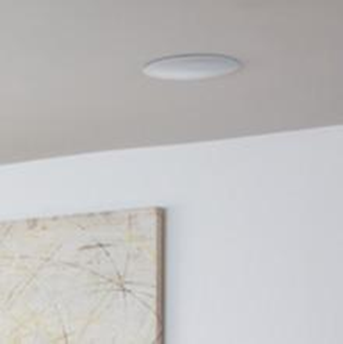


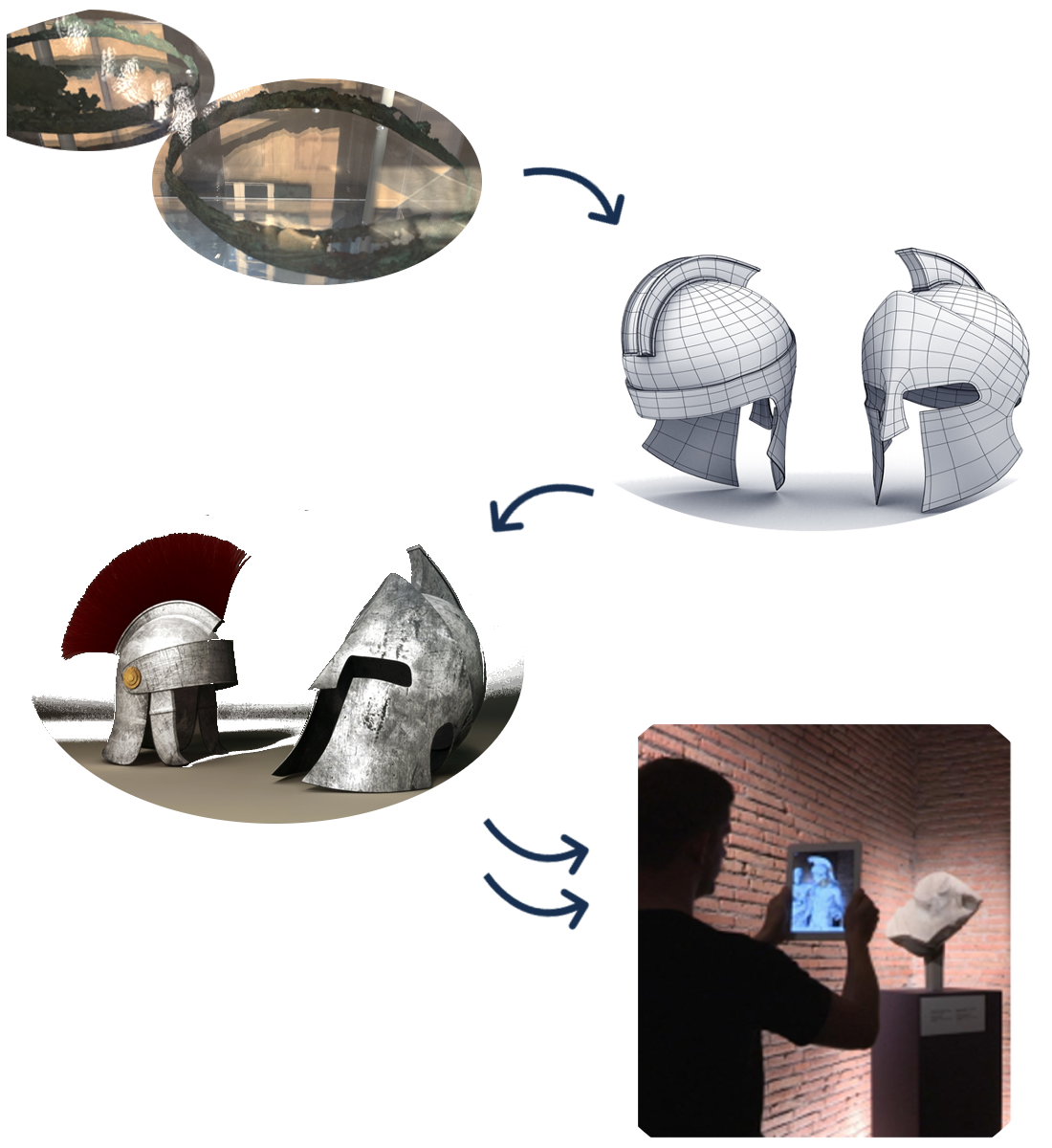
 The workflow is divided in three fundamental steps:
The workflow is divided in three fundamental steps:


